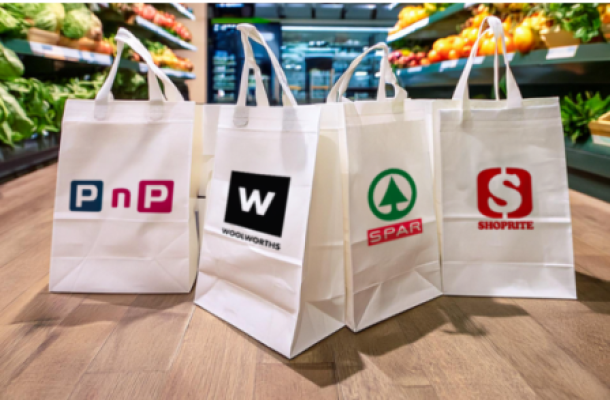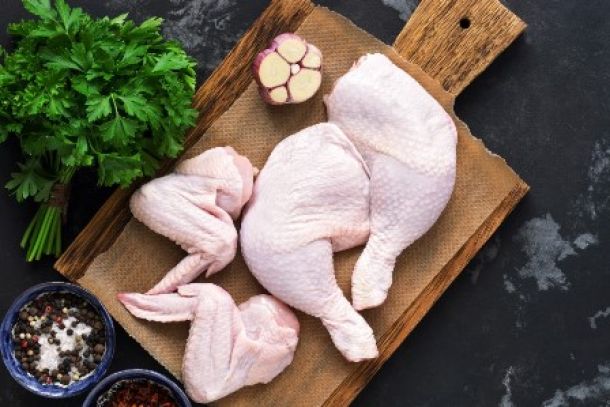Is the SA fruit juice market being squeezed?
Whether braving the queues at the supermarket at month-end or sitting in a restaurant or coffee shop, one cannot help but notice the increasingly greater variety in fruit and vegetable juice flavours available to enjoy.
What are the latest trends and reasons for these trends in the South African market? Is always reliable orange juice becoming too (dare one say it) ...boring?
Insight Survey’s latest SA Fruit Juice Landscape Report 2017 carefully unfolds the global and local fruit juice markets based on the latest information and research. It examines the market drivers and restraints, as well as global and local market growth, to present an objective and comprehensively nuanced insight into the South African fruit juice industry environment, market dynamics and its future.

Note: The asterisk (*) shows the forecasts for 2018 and 2020.
Source: Mordor Intelligence; Insight Survey: Graphics by Insight Survey
On a global level, fruit juice revenue has seen a steady increase over the last few years from US$11.3 billion in 2010 to US$13.1 billion in 2016. Leading global markets such as the USA and Germany’s current consumption is 44 litres per capita. In contrast, the South African fruit juice industry consumption was approximately 12 litres per capita – a much smaller figure in comparison to many other countries, of course, but it is heartening to note, however, that a 7% increase was experienced in the retail volume in 2016 and, furthermore, that the market is expected to post a 5% retail volume CAGR up to 2021.
One of the potential reasons for this 2016 increase was the SA government’s awareness campaigns that continue to focus on orientating consumers towards healthier consumption habits.
The fruit juice industry is also becoming more creative and innovative to meet their target markets’ needs.
Brands are driving growth in the 100% juice category with new products that capture the imagination of consumers, stretching beyond traditional fruit juices such as orange and apple, to a range of inventive vegetable blends, and new fruit flavours, creating endless possibilities for new recipes.
Furthermore, HPP and/or cold-pressed juices initially were fringe products promoted by “juice cleansing” celebrities. These are, however, becoming increasingly mainstream, creating challenger brands, whose strong growth has attracted interest from major players.
There are several factors that could negatively impact the market. Notwithstanding South Africa’s fragile economy and continuing drought, the proposal for tax on sugar-sweetened beverages could potentially lead to a decrease in consumption of fruit juice among South Africans. This tax was due to come in effect in April 2017, but has been delayed to allow for further consultation.
Interestingly, this proposed tax could potentially lead to an increase in vegetable drinks consumption due to pure vegetable juices typically being lower in sugar content. This presents opportunities for both companies and entrepreneurs alike.
The Fruit Juice Industry Landscape Report 2017 (126 pages) provides a dynamic synthesis of industry research, examining the local and global fruit juice industry from a uniquely holistic perspective, with detailed insights into the entire value chain – from manufacturing to retailing, competitor positioning, latest marketing and advertising news for each competitor, pricing and promotions analysis, consumption and purchasing trends.
Some key questions the report will help you to answer:
- What are the key factors that are driving the growth of the local and global markets?
- What are the latest South African fruit juice trends, drivers and challenges?
- Who are the major South African fruit juice manufacturers and retailers?
- What is the pricing and recent promotions at retailers: concentrates and ready-to-drink?
- What have been the SA fruit juice consumption trends over the past few years?
Please note that the 126-page PowerPoint report is available for purchase for R25,000 (excluding VAT). Alternatively, individual sections can be purchased for R9,000 (excluding VAT). For additional information simply contact us at
For a full brochure please go to: SA Fruit Juice Industry Landscape Report 2017.
News Category
- International retailers
- On the move
- Awards and achievements
- Legislation
- Wine and liquor
- Africa
- Going green
- Supplier news
- Research tools
- Retailer trading results
- Supply chain
- Innovation and technology
- Economic factors
- Crime and security
- Store Openings
- Marketing and Promotions
- Social Responsibility
- Brand Press Office
Related Articles

Clear winner in South African retail battle

Drinks survey reveals Rooibos as a top choice a...

Consumers pay more at till for chicken, but far...

More Pick n Pay smart shoppers switching points...


